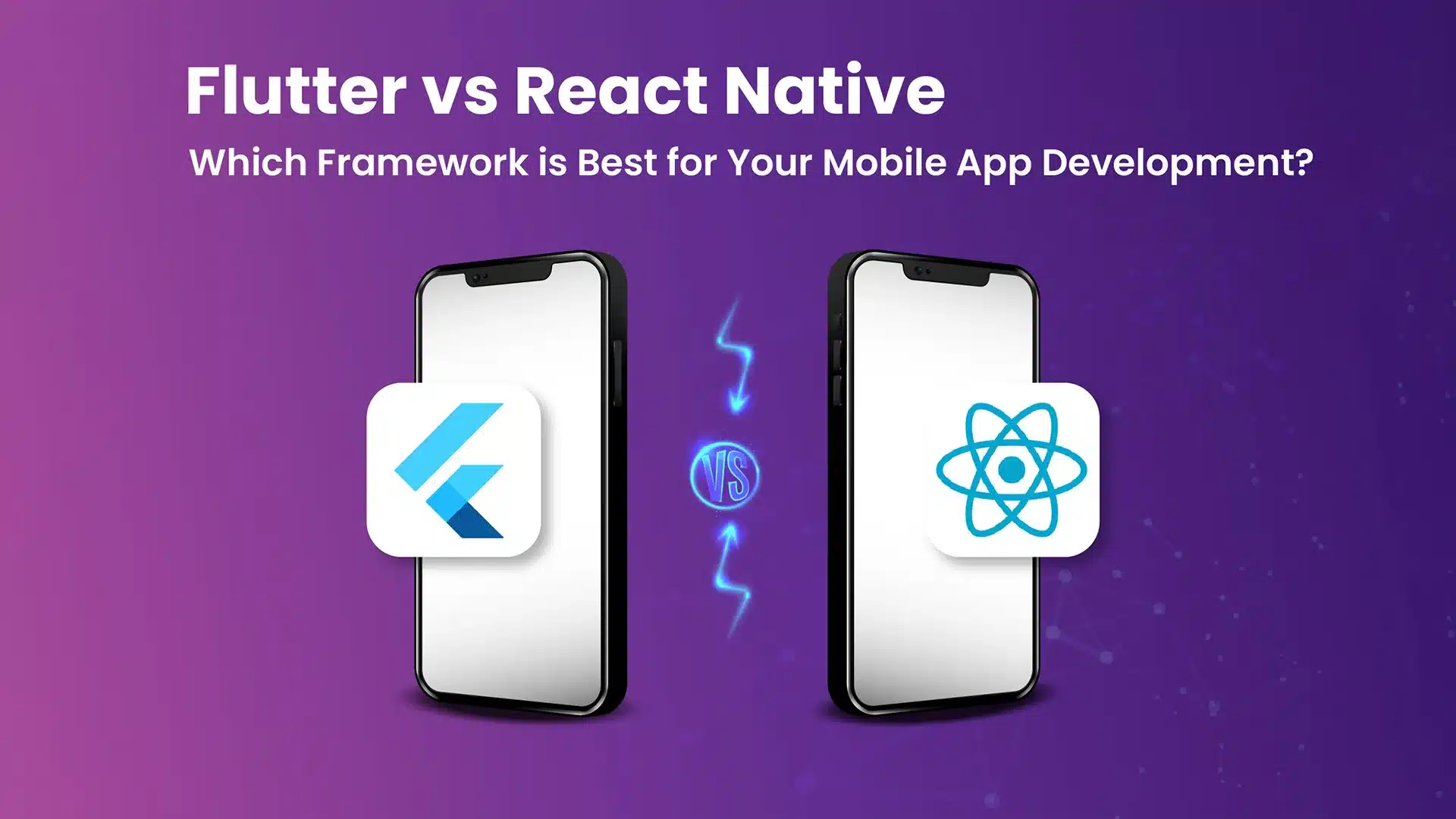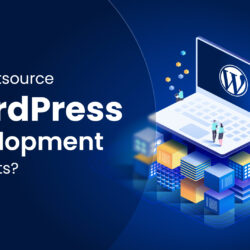Flutter vs React Native: Best Framework for Mobile App Development

27 June
Mobile app development is a dynamic and ever-evolving industry that requires developers to stay up-to-date with the latest technologies and frameworks. Two of the most popular frameworks used for mobile app development are Flutter and React Native. Both frameworks have gained significant traction in recent years, and for good reason. In this article, we will explore the key differences between Flutter and React Native and help you decide which framework is best for your mobile app development needs.
Introduction
Mobile app development has become an essential component of modern-day business operations. With the proliferation of smartphones and tablets, it has become imperative for businesses to have a mobile presence to reach their target audience. As a result, mobile app development has become a lucrative industry, with an estimated worth of $693 billion by 2021. With so much at stake, choosing the right framework for your mobile app development project is critical.
Flutter
Flutter is an open-source mobile app development framework developed by Google. It was first introduced in 2017 and has since gained significant popularity among developers. Flutter uses the Dart programming language, which is an object-oriented language that is easy to learn and use. Flutter allows developers to create high-quality, native interfaces for iOS and Android platforms using a single codebase.
Advantages of Flutter
- Hot Reload: One of the most significant advantages of Flutter is its Hot Reload feature. This feature allows developers to make changes to the code and see the results in real-time without having to rebuild the entire app. This feature makes the development process faster and more efficient.
- Customizable Widgets: Flutter has a vast library of customizable widgets that allow developers to create beautiful and responsive interfaces for their apps. This feature makes it easy for developers to create unique and visually appealing apps that stand out from the competition.
- Fast Development: Flutter’s ability to create native interfaces using a single codebase makes the development process faster and more efficient. This feature allows developers to create apps for both iOS and Android platforms simultaneously, reducing the time and cost of development.
Disadvantages of Flutter
- Limited Libraries: Although Flutter has a vast library of customizable widgets, it has a limited number of third-party libraries. This limitation can make it challenging to find solutions to specific problems that are not covered by the built-in widgets.
- Steep Learning Curve: Flutter uses the Dart programming language, which is not as widely used as other programming languages such as JavaScript. This limitation can make it challenging for developers who are not familiar with Dart to learn and use Flutter effectively.
React Native
React Native is an open-source mobile app development framework developed by Facebook. It was first introduced in 2015 and has since gained significant popularity among developers. React Native uses JavaScript, which is a widely used programming language that is easy to learn and use. React Native allows developers to create high-quality, native interfaces for iOS and Android platforms using a single codebase.
Advantages of React Native
- Large Community: React Native has a large and active community of developers who contribute to the development of the framework. This community provides support, resources, and third-party libraries that make it easier for developers to create high-quality apps.
- Easy to Learn: React Native uses JavaScript, which is a widely used programming language that is easy to learn and use. This feature makes it easier for developers who are not familiar with React Native to learn and use the framework effectively.
- Large Number of Libraries: React Native has a vast library of third-party libraries that make it easier for developers to find solutions to specific problems. This feature makes it easier for developers to create high-quality apps that meet the needs of their target audience.
Disadvantages of React Native
- Performance Issues: React Native uses a bridge to communicate between JavaScript and native code, which can cause performance issues. This issue can make it challenging to create high-performance apps that meet the needs of demanding users.
- Limited Customization: React Native has a limited number of customizable widgets, which can make it challenging to create unique and visually appealing interfaces for apps.
Conclusion
Choosing the right framework for your mobile app development project is critical to the success of your project. Both Flutter and React Native have their advantages and disadvantages, and the choice ultimately depends on your specific needs and requirements. Flutter is an excellent choice for developers who want to create high-quality, native interfaces using a single codebase. React Native is an excellent choice for developers who want to create high-quality apps using JavaScript and a vast library of third-party libraries. Whichever framework you choose, make sure to stay up-to-date with the latest developments in the industry to stay ahead of the competition.





